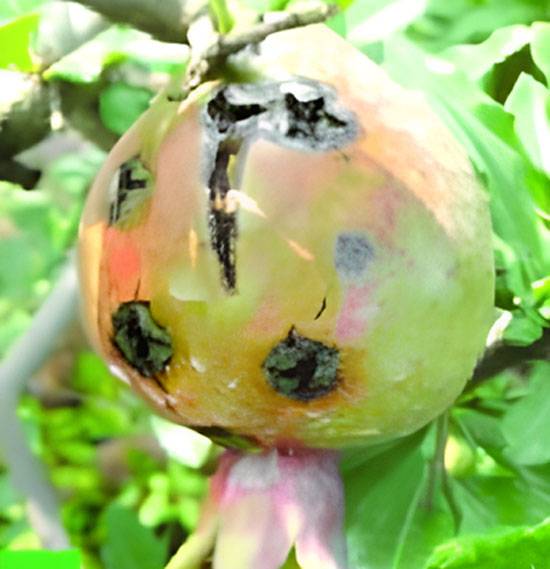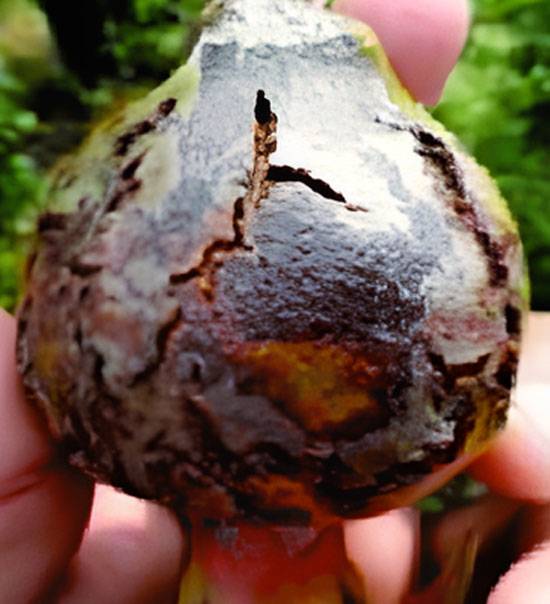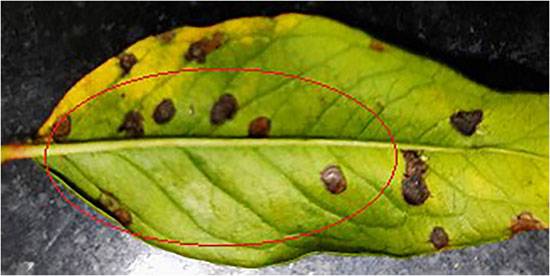Pomegranate
Bacterial Blight

Xanthomonas axonopodis pv. punicae
Bacterial Disease

Xanthomonas axonopodis pv. punicae
Bacterial Disease

Xanthomonas axonopodis pv. punicae
Bacterial Disease

Xanthomonas axonopodis pv. punicae
Bacterial Disease

Xanthomonas axonopodis pv. punicae
Bacterial Disease

Xanthomonas axonopodis pv. punicae
Bacterial Disease
Bacterial Blight in pomegranates, caused by Xanthomonas axonopodis pv. punicae, is a severe disease first reported in India. It poses a significant threat to pomegranate cultivation due to the lack of effective control measures and can lead to substantial yield and market losses, ranging from 50% to 100% depending on disease severity.
Symptoms
- Leaves: The initial symptoms appear as water-soaked, translucent, irregular to circular minute black spots. These spots gradually become necrotic, turning dark brown. In severe cases, the spots coalesce to form large patches, leading to the shedding of infected leaves.
- Stems: Dark spots develop on stem nodes, which may crack and cause the branches to break off easily.
- Fruits: The disease can also lead to fruit splitting, further contributing to yield losses.
Disease Biology
- Infection: The disease initiates through wounds on the plant. The spread of the pathogen is influenced by high day temperatures, low humidity, and rain.
- Overwintering: X. axonopodis pv. punicae overwinters in infected plant leaves, stems, and fruits.
- Spread: The disease spreads locally through rain splash, insects, and contaminated pruning tools. Long-distance spread occurs via infected plants, twigs, and fruits, facilitated by international trade and tourism.
Management
Effective management of bacterial blight includes:
- Wound Prevention: Avoiding wounds and ensuring proper plant care to minimize infection sites.
- Environmental Control: Managing environmental conditions that favor disease spread, such as controlling moisture and temperature.
- Sanitation: Regularly removing and destroying infected plant parts, cleaning tools, and controlling insects.
- Monitoring: Conducting regular inspections and using bacterial ooze for chemical diagnoses to detect and manage the disease early.
Adopting these practices helps mitigate the impact of bacterial blight and protect pomegranate crops from severe losses.




